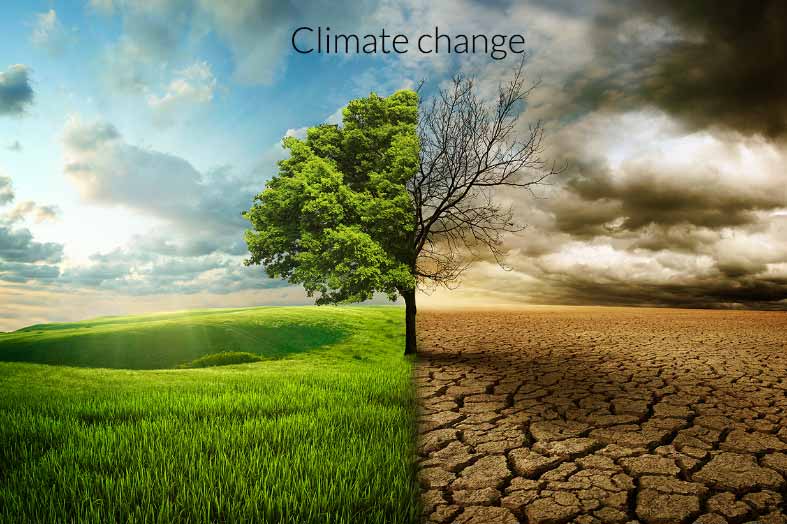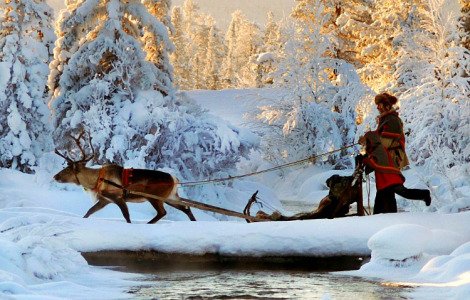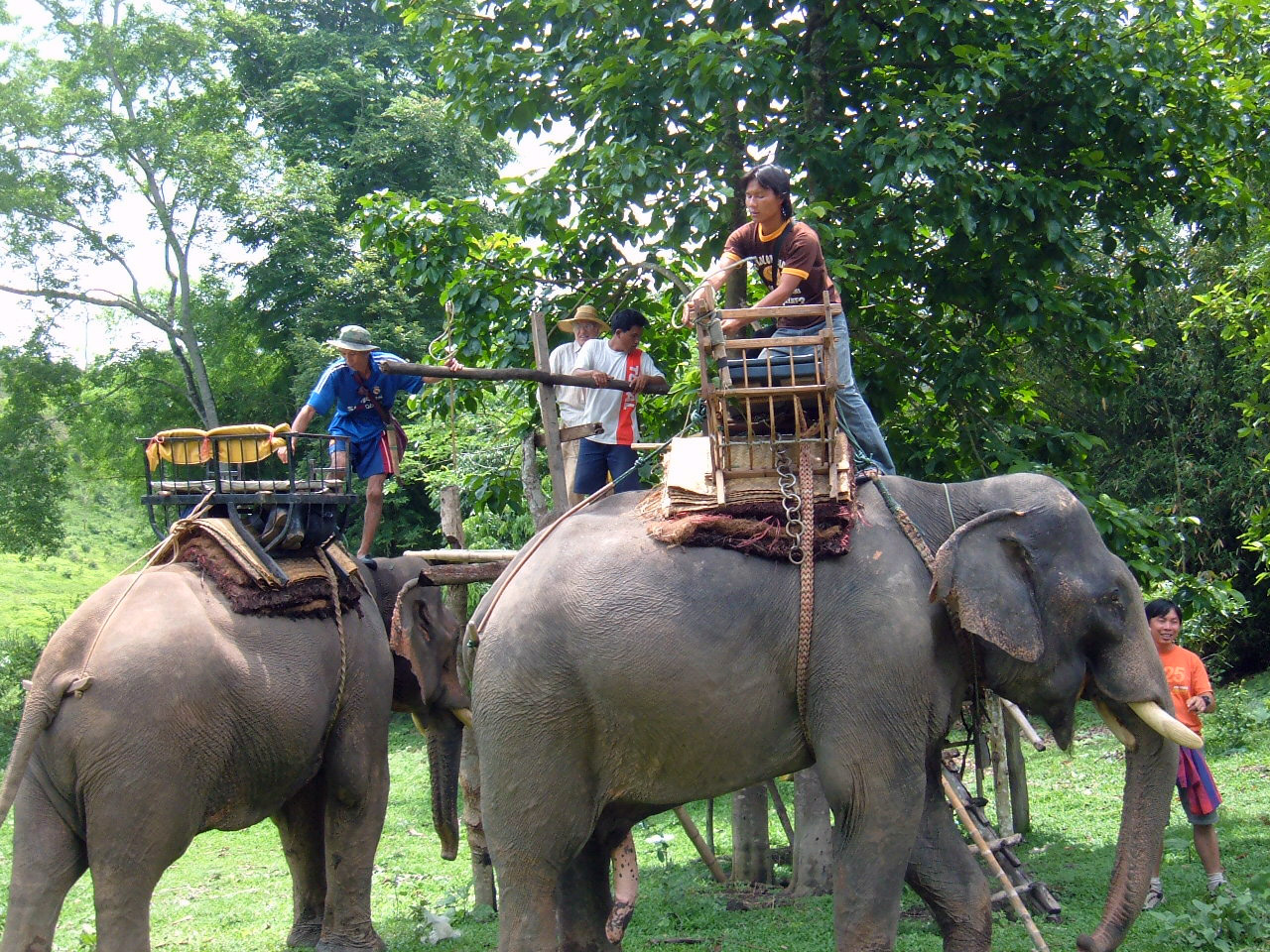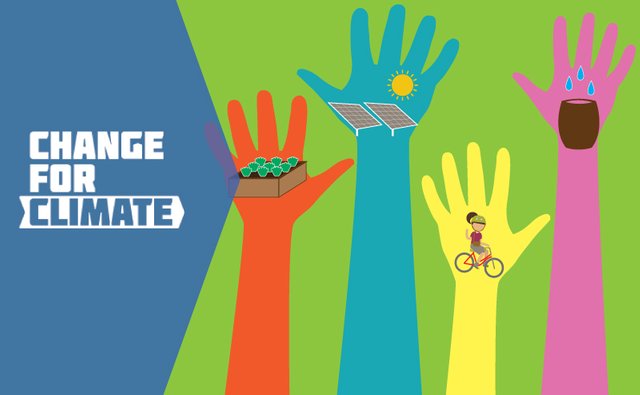CLIMATE CHANGE: A SEEMINGLY STEADY JOURNEY TO A STRANGE WORLD
INTRODUCTION

Climate change may refer to a change in average weather conditions, or in the time variation of weather within the context of longer-term average conditions. Climate change is caused by factors such as biotic processes, variations in solar radiation received by Earth, plate tectonics, and volcanic eruptions.
SOURCE: wikipedia
Certain human activities have been identified as primary causes of ongoing climate change, often referred to as global warming , largely due to burning of fossil fuel and short-term irreparable exploitation of nature (natural plant habitat)
EFFECTS OF CLIMATE CHANGE
There are numerous effects of climate change, but this essay will be limited to its effects on:
Travel, tourism and hospitality
Food security
Global economy
On travel, tourism and hospitality

Sea-level rise and more acidic oceans will threaten coastal tourism infrastructure and natural attractions. Rising temperatures will shorten winter sport seasons and threaten the viability of some ski resorts. Climate change will lead to changes in biodiversity thereby affecting eco-tourism.

Climate change and changing weather patterns at tourist destinations are already affecting tourist flows and behaviour, (and therefore the Travel, Tourism & Hospitality (TTH) industry) with coastal tourism representing the largest segment of the industry globally.
In mountainous regions, snow reliability is expected to decrease further, putting ski resorts at lower altitudes at risk. Countries in northern Europe, which supply many visitors to the Mediterranean, are expected to enjoy better conditions in summer, as well as longer season with good weather.
Impacts of climate change on tourism highlight the need for regional to global assessments of these effects and the potential for adaptation.
More recently, tourist traction to Africa has been badly hit; dry grassland areas and disappearing vegetation have affected biodiversity and negative migration of animals to arrears inaccessible to tourist.

Much of our infrastructure was designed to function in the climate in which it was created. Because of this, roads that never flooded even 10 years ago are now flooding in everyday rainstorms. Our planes are unable to take off in heat they were not designed to withstand
On food security
Climate change will affect all four dimensions of food security: food availability, food accessibility, food utilization and food systems stability. It will have an impact on human health, livelihood assets, food production and distribution channels, as well as changing purchasing power and market flows. Its impacts will be both short term, resulting from more frequent and more intense extreme weather events, and long term, caused by changing temperatures and precipitation patterns
People who are already vulnerable and food insecure are likely to be the first affected. Agriculture-based livelihood systems that are already vulnerable to food insecurity face immediate risk of increased crop failure, new patterns of pests and diseases, lack of appropriate seeds and planting material, and loss of livestock. People living on the coasts and floodplains and in mountains, drylands and the Arctic are most at risk.
Agriculture, forestry and fisheries will not only be affected by climate change, but also contribute to it through emitting greenhouse gases. They also hold part of the remedy, however; they can contribute to climate change mitigation through reducing greenhouse gas emissions by changing agricultural practices.
Agriculture is important for food security in two ways: it produces the food people eat; and (perhaps even more important) it provides the primary source of livelihood for 36 percent of the world’s total workforce. In the heavily populated countries of Asia and the Pacific, this share ranges from 40 to 50 percent, and in sub-Saharan Africa, two thirds of the working population still make their living from agriculture. If agricultural production in the low-income developing countries of Asia and Africa is adversely affected by climate change, the livelihoods of large numbers of the rural poor will be put at risk and their vulnerability to food insecurity increased.

Food utilization refers to the use of food and how a person is able to secure essential nutrients from the food consumed. It encompasses the nutritional value of the diet, including its composition and methods of preparation; the social values of foods, which dictate what kinds of food should be served and eaten at different times of the year and on different occasions; and the quality and safety of the food supply, which can cause loss of nutrients in the food and the spread of food-borne diseases if not of a sufficient standard. Climatic conditions are likely to bring both negative and positive changes in dietary patterns and new challenges for food safety, which may affect nutritional status in various ways.
On the Global Economy
From the above stated points, we could see a direct negative correlation with the economy and disappointingly, the trend is going to continue as the recent paris climate agreement sought to cushion the effect of climate change by moving toward renewable and cleaner energy source
Higher energy costs are also likely to boost inflation. As our climate becomes more extreme we are likely to demand greater energy to both cool our working and living environments during the summer, and heat them when we experience harsher winters (evident in the recent cold snap across Europe, especially Britain). Not only will energy demand change, but supply may shrink as the efficiency of existing power stations is compromised due to higher temperatures. Policy actions by governments to encourage a transition to green energy may further contribute to energy inflation in the short- to medium-term whereby taxes are placed on fossil fuel-derived electricity. Given that energy forms the basis of most of the world’s production, the secondary effects of higher energy prices on inflation will be felt throughout the global economy. Conversely, depending on the pace of change, the greater prominence of renewable energy could limit the cost of energy increases going forward.

CONCLUSION
Climate change is visible and is having direct and indirect impact on humans activities with a little, just highlighted above. Steemians have taken steemit to another level through travel, arts, food and photography etc. On the long run, this could all be affected except we build up a major consensus and work together to nip this at the bud.
Let roll back the effects of climate change by supporting clean energy and encouraging natural ecosystem repair and conservation.